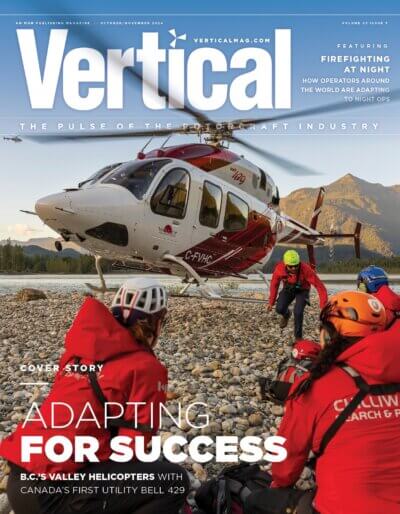BUYING A HELICOPTER
From zero helicopter time to epic helicopter adventures
The benefits of piston helicopters
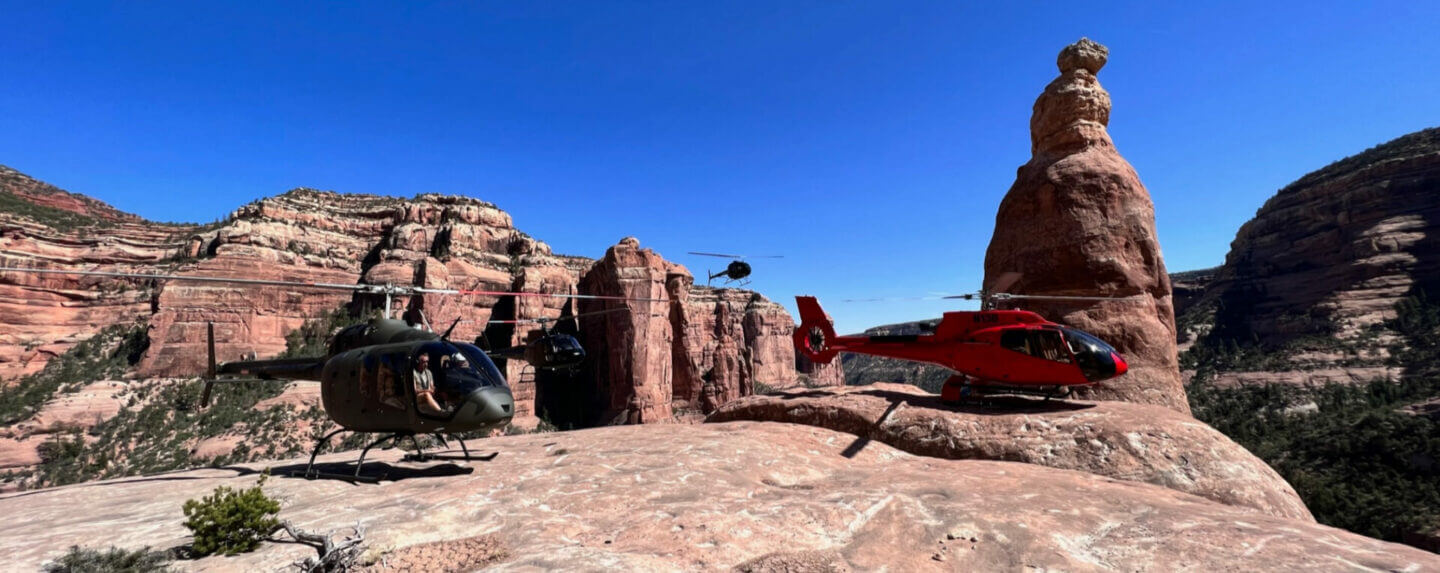
By: Jen BoyerPosted on: October 2, 2023
There is a new breed of social media influencer online today, sharing incredible adventures with helicopters and sparking real desire for personal helicopters. It’s hard to resist sleek helicopters skimming lakes, landing on breathtaking mountain peaks, and accessing the perfect off-the-gird camping site or fishing hole. How do you go from zero or low flight experience to having these epic experiences?
Many potential pilots with the means look immediately toward purchasing a turbine helicopter to learn to fly as that may be their ideal choice for adventures. Unfortunately, today’s insurance climate is making this an exceptionally expensive and often prohibitive route.
“A lot of my clients are new to helicopters, and many have the money and want to purchase a turbine to start,” said Halsey Schider, owner and CEO of Sellacopter of Helotes, Texas. “There are two caveats to that I always tell people. First, insurance is going to make that virtually impossible. Most insurance companies today will not underwrite a new pilot learning in their turbine helicopter or allow them to fly it PIC [pilot in command] unless they have considerable experience. And if they do insure you, the requirements are pretty prohibitive, such as requiring you to fly with a safety pilot for hundreds of hours before you can fly it alone. I always recommend new pilots or those looking to learn to fly consider a piston helicopter first.”
Insurance will also most likely put limitations on operations, such as landing off airport in remote areas that more often than not feature uneven terrain. The other option, self-insuring, or basically not having hull insurance and only low maximum liability coverage offered to new pilots is also limiting. Many landing sites overseen by private entities will require anyone using their site to have full insurance, thus prohibiting self-insured pilots from landing there, warned Scott Urschel, president of Pylon Aviation Services of Chandler, Arizona.
The second caveat Schider warns clients about is forgiveness. A turbine helicopter is far less forgiving than a piston when it comes to exceeding limitations.
“There is a level of forgiveness in a piston engine,” he said. “If you accidentally pull or exceed the red line on a piston, you’re not going to torch an engine. Piston aircraft are slightly power limited, offering that forgiveness. At the same time, learning to fly and building time in a piston gives you a really good idea of how to be a good power management pilot, which you need as you get into a turbine. Once you get into that turbine, if a red line on your gauges is exceeded, especially your propulsion gauges, something can get very expensive very fast.”
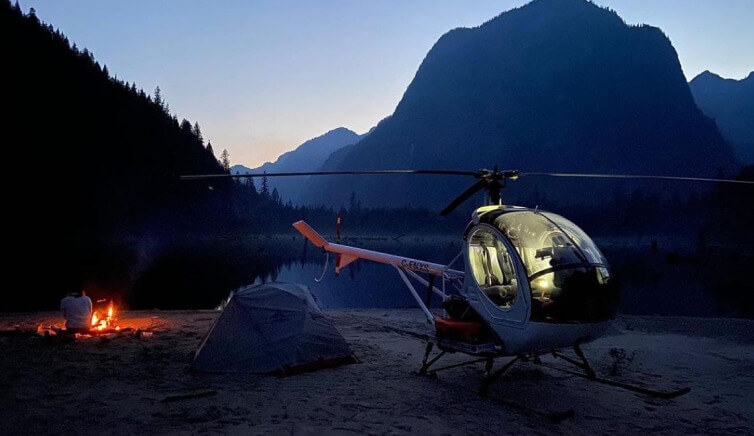
The piston route
Piston helicopters are also far easier to insure for new and low time pilots, the insurance is far less than that of a turbine, maintenance costs are much lower, and the aircraft themselves cost less. Resale value for the aircraft can also be quite high as well, allowing owners to trade up once they’ve built the experience needed to acquire insurance in a larger aircraft.
Piston helicopters are also excellent epic adventure companions. All helicopters are designed to land off airport and piston helicopters make ideal aircraft for not only learning how to safely operate off airport, but to take you on those adventures.
Piston aircraft, particularly the Robinson R22 and Schweizer 300 series, are also smaller than turbine helicopters, allowing pilots to get into and out of smaller spaces.
Ralph van Woerden is a retired automotive business owner in Chilliwack, B.C. He learned to fly in the early 2000s in a Schweizer and chose to purchase one for his own use upon earning his license in 2004. He has since purchased a newer Schweizer 300CBi with his son and together they fly it for personal use. Woerden himself has become a social media influencer, posting breathtaking images and videos of his adventures on his Instagram page.
“I have enjoyed many flights in the mountains and around lakes in my area with a couple long trips to Alberta and Saskatchewan,” Woerden said. “I chose the Schweizer because it has the bigger cockpit for a larger guy like me at 6’5″. I find it a safer machine with the three-blade rotor system. The R44 is more expensive for the flights I do as a private owner and the Schweizer doesn’t time out like a Robinson. I fly my helicopter year-round and it’s my ideal exploring partner.”
Schider’s experience is mainly in the Robinson R44.
“I’ve had so many amazing off airport experiences,” Schider said of flying the R44. “Whether I’m landing on a riverbed and shutting down to have a little picnic, landing on a mountain top in the coastal range of Oregon to overlook the Pacific Ocean, or flying through to the Columbia River Gorge, I’ve had some of the most incredible off airport landings I’ve ever had in the Robinson R44.
“When you see these guys on Instagram, and they’re doing some really cool things, unless they’re operating at crazy high altitudes that would be limiting to piston helicopters, I bet that you could do most everything that they’re doing safely in a piston helicopter.”
While piston helicopters do not have the power capabilities of turbine helicopters, Schider reiterated their value in teaching power management.
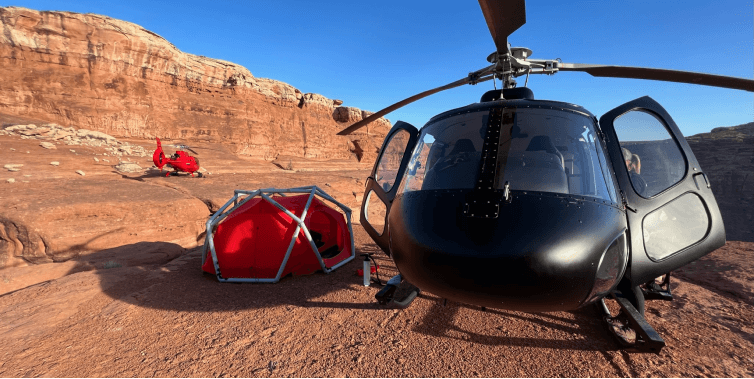
“You can fly around and have amazing experiences in a piston, but there will be times where you experience limitations and that can be a positive thing,” Schider said. “You build really strong skills in power management and identifying limitations, which you take to any helicopter you fly. Let’s say it’s hot out and you’re trying to land off airport at a high-density altitude. As you approach your landing site, you get indications you are at maximum power and there is not additional power to safely land, or enough power to take back off. You abort the landing attempt and find a new place to go. Experiencing these limitations and building skills around them [can] make you a better pilot.”
Woerden agrees. “It has its limits for power in the mountains but if you respect those, it’s a very safe and forgiving machine,” he said of his Schweizer 300CBi.
Due to power limitations, piston helicopters cannot carry as many passengers or as much cargo as most turbines, but there are options to alleviate even those issues. Cargo racks are available for the Robinson R44 and Schweizer 300. While the Robinson R22 has only two seats, the Schweizer 300C offers three and the R44 provides four, for instance.
Another benefit of piston helicopters is low maintenance costs. Compared to a turbine, piston helicopters have simplified maintenance schedules, coordinated part change requirements, and lower cost parts, Schider said. Robinson helicopters do have mandatory 2,200-hour overhauls where Schweizer does not, which was something Woerden considered when choosing an aircraft.
For clients who purchase a piston helicopter yet still have their eye on a turbine, Schider advises them the sweet spot for insurance and experience is about 400 hours. This is the minimum flight time most insurance companies want to see in those they insure to fly larger turbine helicopters. By that time, the pilot owner has developed strong power management experience, safe flight skills, off airport landing experience, and encountered situations that required good pilot decision-making.
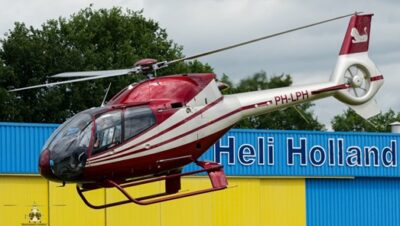
Airbus EC120B
Contact seller for price
Year: 2001

Airbus AS350B3
USD $ 1,599,000
Year: 2004
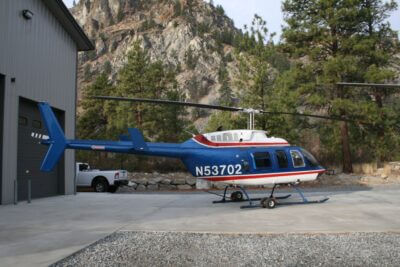
Bell 206L3
Make an offer
Year: 1992

Bell 206L4
Make an offer
Year: 1996
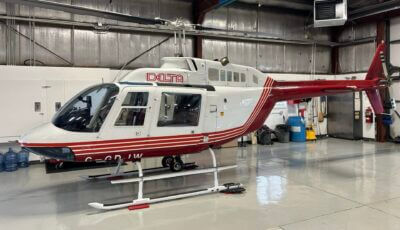
Bell 206B3
Contact seller for price
Year: 1979

Bell 206B3
Contact seller for price
Year: 1980

Airbus AS355F2
Contact seller for price
Year: 1992

Bell 206B3
Contact seller for price
Year: 1973
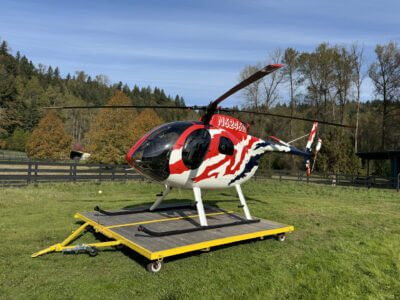
MD Helicopters 369A
Contact seller for price
Year: 1968
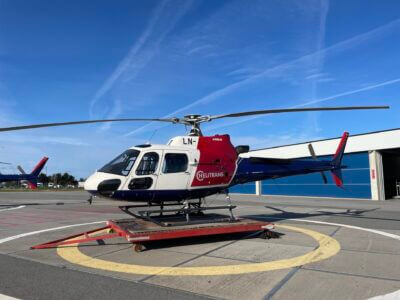
Airbus H125
EUR € 2,400,000
Year: 2020





